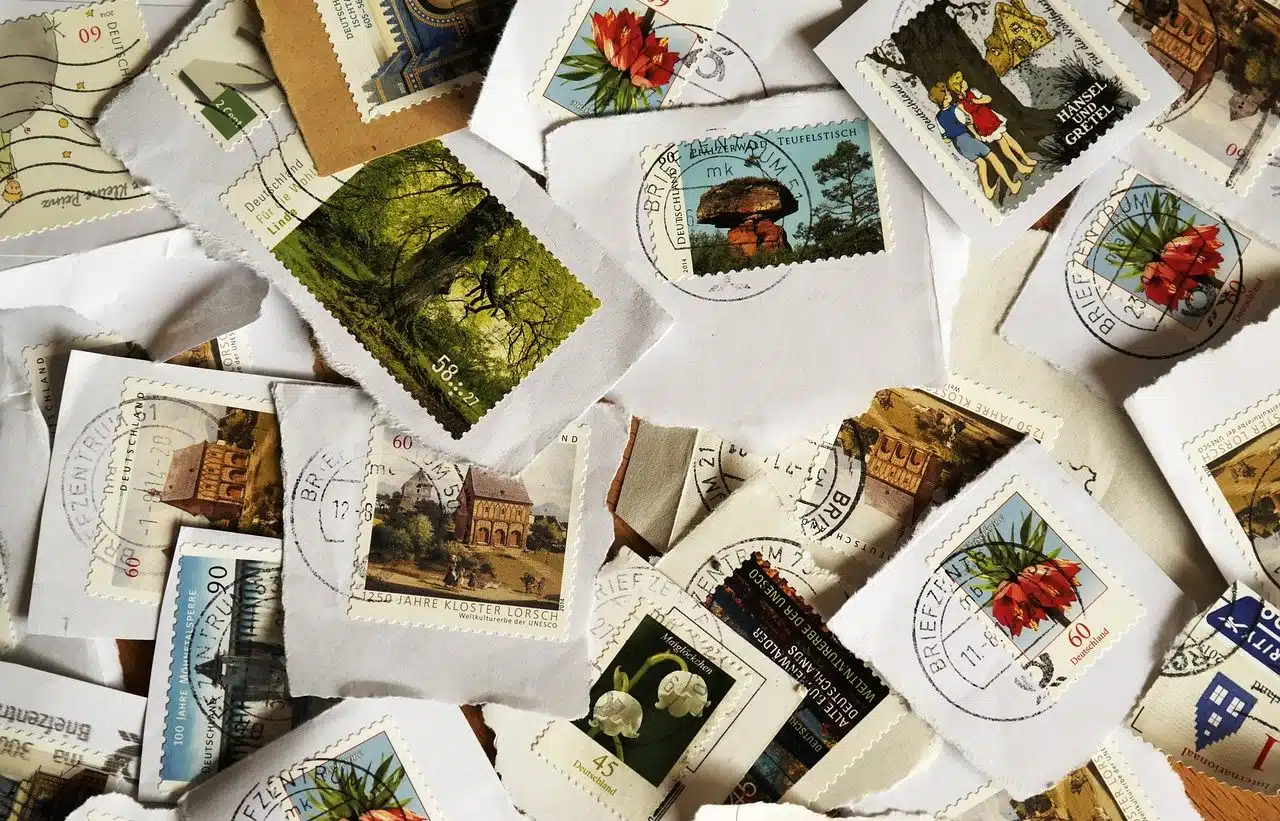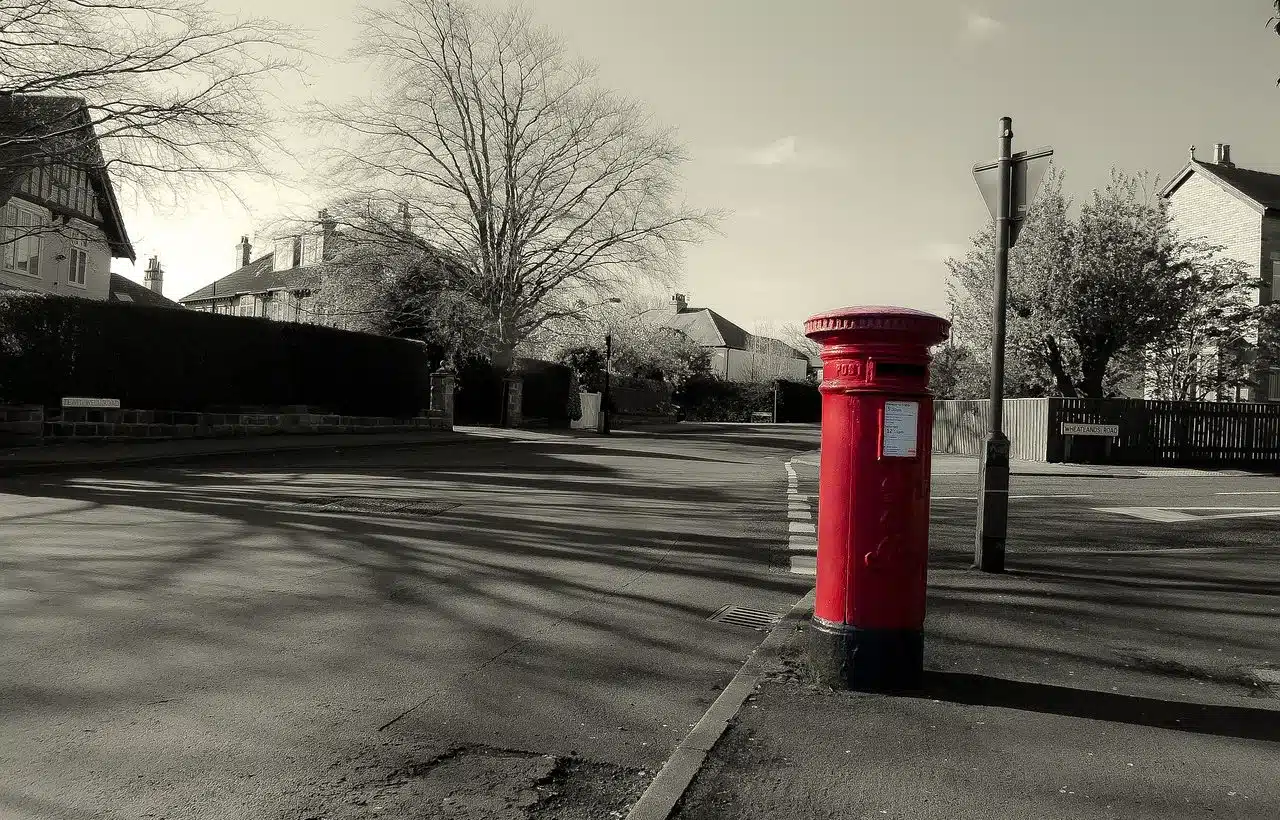
Each stamp is unique, differentiated by origin, year of issue, format, design and motivation, among other issues.
Postage stamp is a concept specific to the postal mail service . These small elements that are attached to the postal item in order to certify or postage it are also called postage stamps or stamps , expressions that vary depending on the country in which they are used and mentioned.
It is interesting to know that, although the custom of sending letters by mail is no longer so common on an international scale, postage stamps are still valid and their designs are renewed with some frequency because many people collect them. The art or habit of collecting stamps is known as philately .
History of postage stamps
The history of postal stamps invites us to gather data linked to how and when in each country methods or strategies were adopted to demonstrate the payment corresponding to the dispatch, transfer and delivery of, for example, correspondence .
On Argentine soil, starting in 1748 a post office came into operation that connected Buenos Aires and the city of Potosí . In colonial times, with the purpose of recording the origin of each shipment and proving that the service was paid for, the so-called postal signs were established.
In 1854 the national post offices were organized. At that time, when a postal shipment was paid, it was usually sealed with an iron instrument through which the word "Franca" was stamped.
The self-adhesive seal , historians point out, little by little began to gain relevance in different nations. In Great Britain , back in the 1840s , postage stamps inspired by Queen Victoria were made. Three seasons later, the stamps conquered the Brazilian surface and, ten years later, this system landed in Chilean territory.
The first Argentine province to put a postage stamp on sale was Corrientes , where a design displaying Ceres , the deity the Romans recognized as the goddess of agriculture, was released in August 1856 . In honor of that event, it was chosen to consider each August 21 as National Philatelist (or Philatelic) Day .
In Buenos Aires, stamps nicknamed "gauchitos" were devised, although they did not circulate. Yes, stamps embellished with a ship and a sun did, which, in 1858 , were produced for postage . Those popularly known as "escuditos" were others and thus the offer was expanded and diversified.
According to records, copper was initially used for stamp engraving and then steel was chosen. The inputs to make them were obtained from England and France .
In October 1892 , with the aim of remembering the 400 years that have passed since America was discovered, the first commemorative postage stamp was presented.

Before the massive use of the Internet, it was very common to communicate by letter using, both nationally and internationally, postal mail services.
Stamp characteristics
There are several characteristics that distinguish the stamps , traits valued by fans who treasure this type of pieces of enormous historical and cultural value.
Each postage stamp details the country of creation. In Great Britain , on the other hand, they chose to differentiate themselves from others by appealing to the image of the aforementioned Queen Victoria and over time she was replaced with other monarchs.
The value of each stamp corresponds to the price of the service and is accompanied by an extra amount that may be due to the charitable motivation of the marketing of the stamp or, to indicate another possibility, to the postage attached to the airmail .
Nor should we overlook the importance of the stamp paper or the colors used in order to mark the difference between one stamp and another. The illustration, photographs, image or drawing of the design; the serration (edges that must be perfect so as not to detract from its quality), the imprint (essential to inform what year each postage stamp was issued and who designed it) and the properly centered content are other issues to analyze.
Types of postage stamp
Knowing the types of postage stamps and obtaining information about them is a source of enthusiasm among collectors and manages to awaken the curiosity of many people who find these elements picturesque and attractive, which, fortunately, are still in force.
It is already a classic at every end of the year, for example, the Christmas postage stamp . The figure of Santa Claus , the designs of decorated trees, drawings of reindeer and expressions of good Christmas wishes are typical of this series of thematic stamps .
Those who adore Mafalda , a fictional girl created by the Argentine cartoonist and cartoonist Quino who crossed borders and became a famous character on an international scale, celebrated years ago the launch of a limited edition stamp inspired by her.
As there is a considerable variety of stamps , it is worth visiting a stamp exhibition from time to time to immerse yourself in this fascinating universe of postal stamps .

Decades ago, red mailboxes abounded on public roads in which correspondence was left. Nowadays, they are practically no longer seen.
Correspondence circuit
The correspondence circuit covers different stages and involves different actors. First, someone interested in sending a letter to another individual must enclose the letter in a properly completed envelope . There, very clear and visible, both the sender's data and precise information to locate the recipient must appear. Names and surnames, street and number (Floor and Apartment, if it is a building), postal code, town and country are the references to be specified.
With this instance ready, it is necessary to go to a post office and select a shipping method. The postage stamp will be placed on the envelope to be sent once the price corresponding to the contracted service has been paid ( postal rates depend on the weight of each shipment, the added values, the delivery time, etc.).
After an internal process of varying duration, the message will be in the possession of the postman , the name of the person who is in charge of delivering the correspondence, leaving it in the mailbox of each recipient's home.
